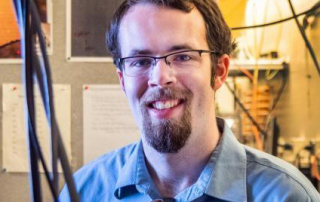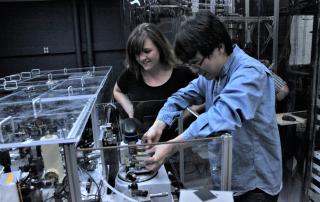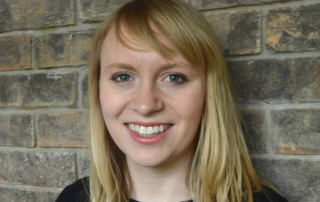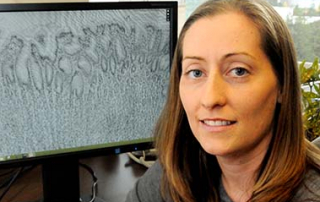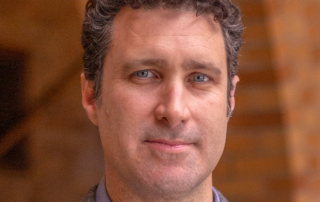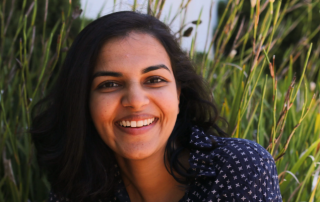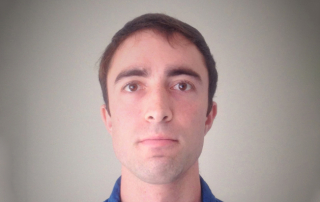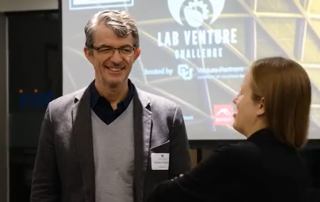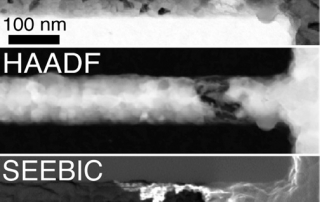A physicist who knows what matters: A good punchline
Robert Karl earned his PhD in physics in December. Since 2014, he has been working on nanoimaging in the CU Boulder lab of professors Margaret Murnane and Henry Kapteyn. When not in the lab, he works on jokes and performs in weekly comedy shows on campus.
